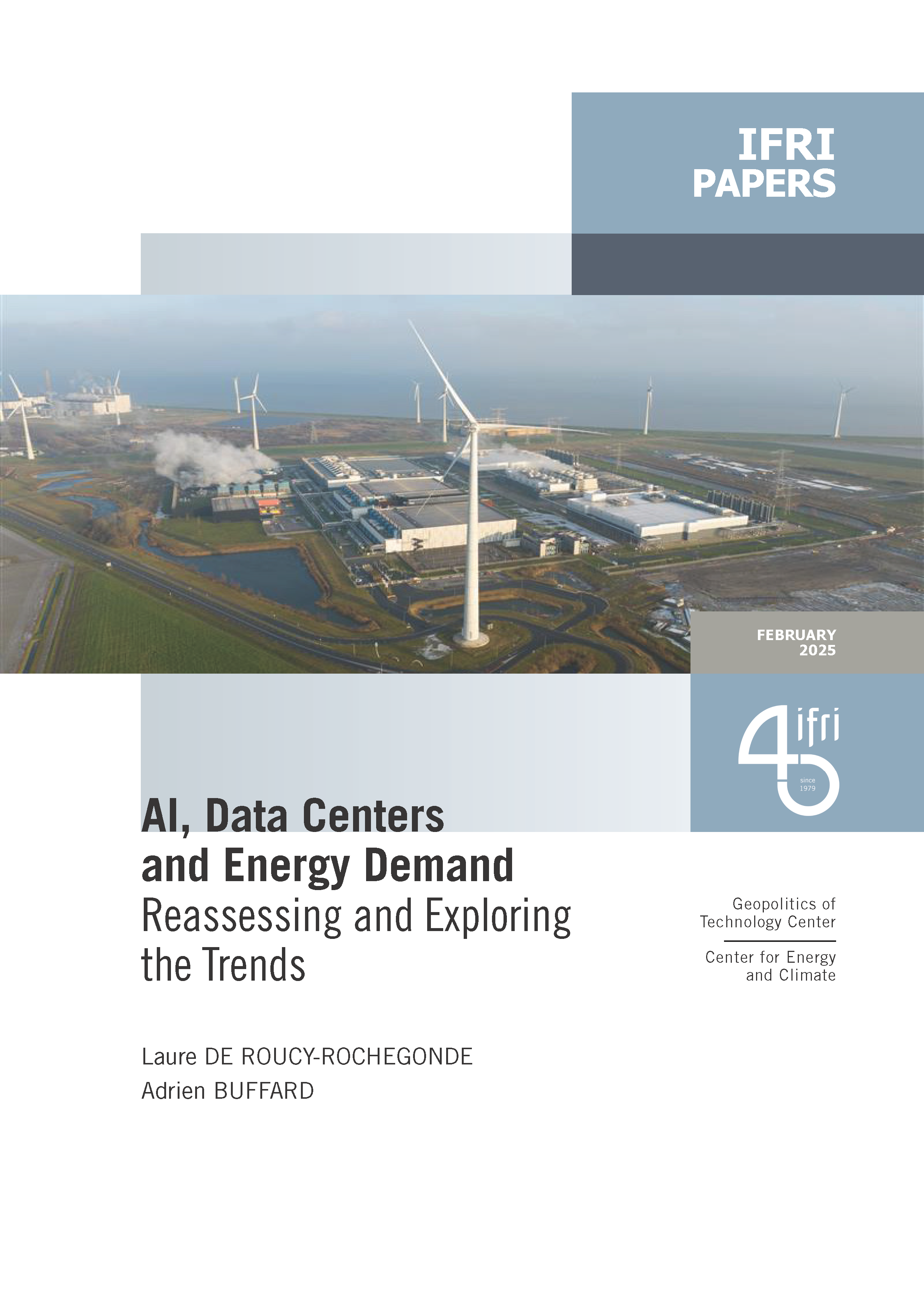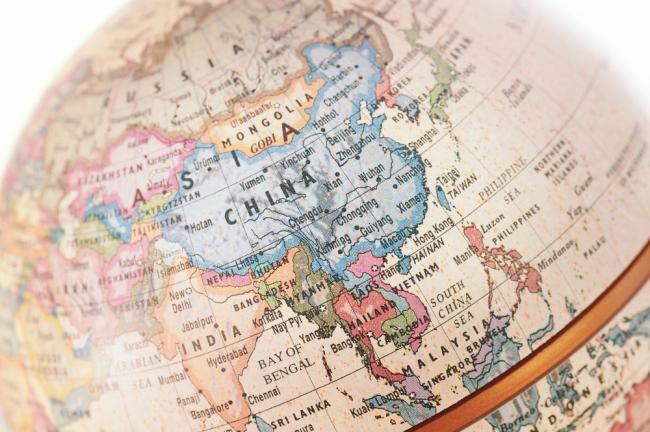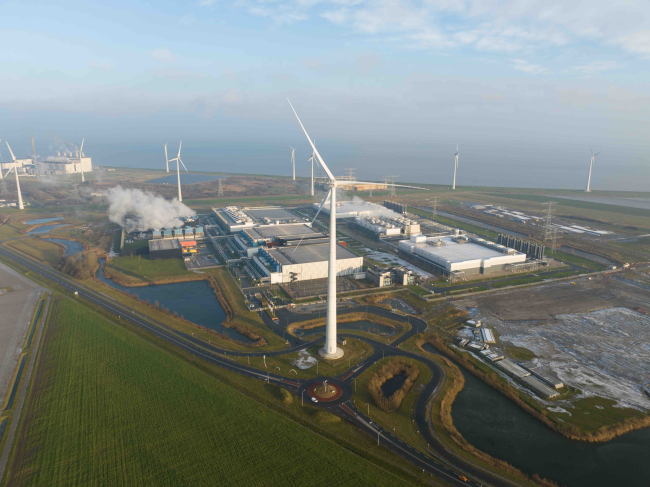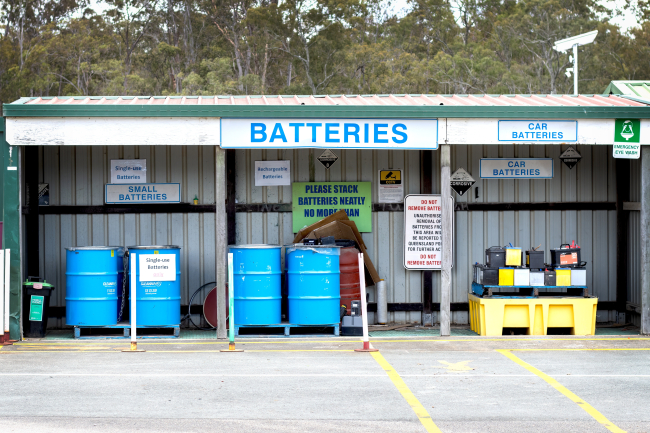India’s Green Hydrogen Strategy in Action: Policy Actions, Market Insights, and Global Opportunities
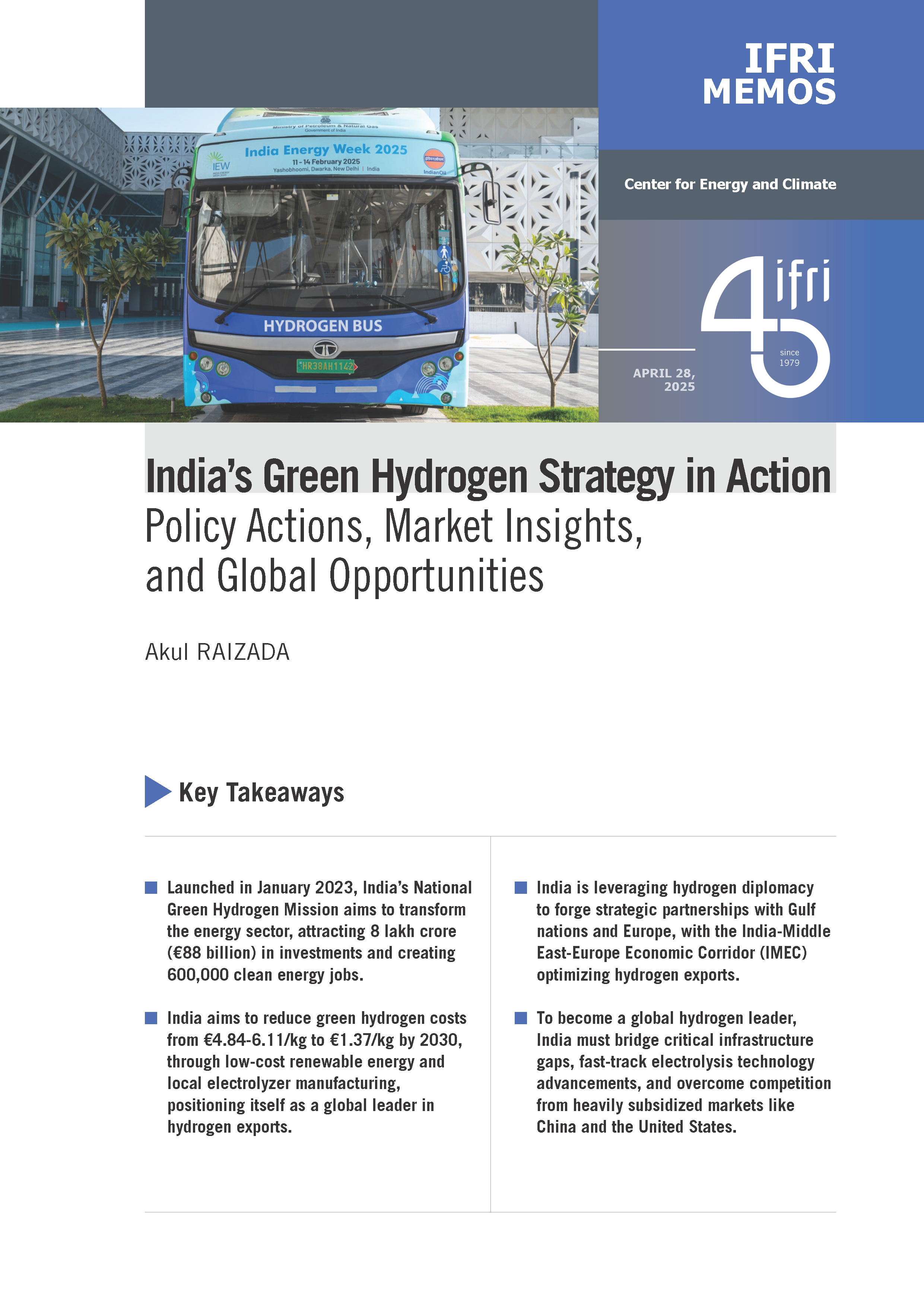
India is poised to remain the world’s fastest-growing major economy, and this rapid growth is driving a sharp rise in energy demand. As the most populous country on the planet, India urgently needs to decarbonize its energy systems.
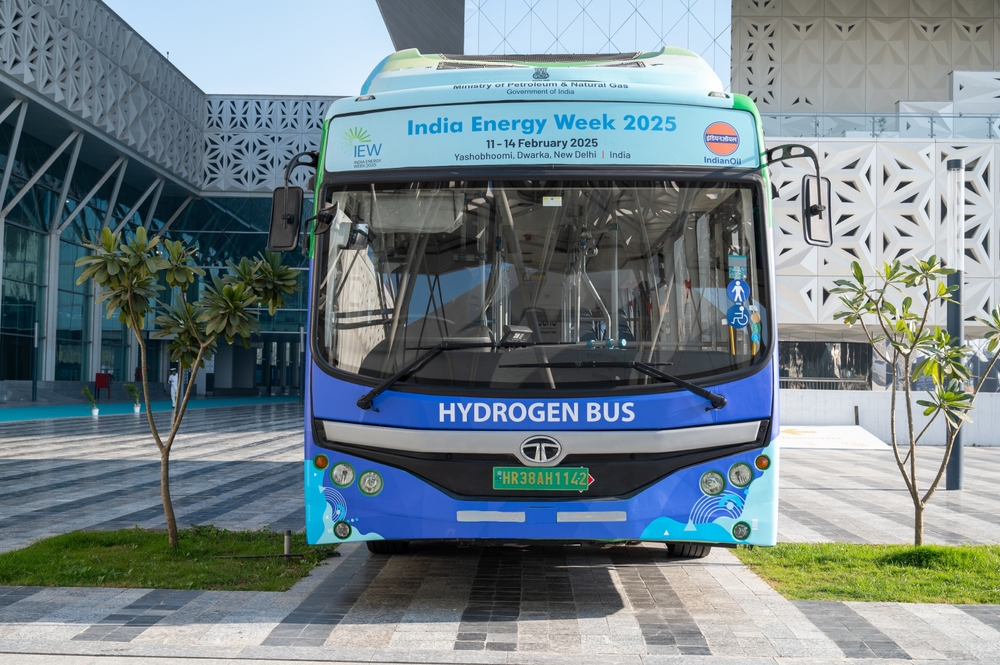
This policy brief is the third in a series analysing India’s energy transition’s financial and regulatory challenges. Previous analyses focused on financially distressed distribution companies (DISCOMs) and the substantial investments required to upgrade transmission infrastructure and expand battery storage capacity. This edition turns its focus to green hydrogen—a transformative opportunity that has the potential to redefine industrial growth and enhance energy security.
- Launched in January 2023, India's National Green Hydrogen Mission aims to transform the energy sector, attracting ₹8 lakh crore (€88 billion) in investments and creating 600,000 clean energy jobs.
- India aims to reduce green hydrogen costs from €4.84-6.11/kg to €1.37/kg by 2030 through low-cost renewable energy and local electrolyser manufacturing, positioning itself as a global leader in hydrogen exports.
- India is leveraging hydrogen diplomacy to forge strategic partnerships with Gulf nations and Europe, with the India-Middle East-Europe Economic Corridor (IMEC) optimizing hydrogen exports.
- To become a global hydrogen leader, India must bridge critical infrastructure gaps, fast-track electrolysis technology advancements, and overcome competition from heavily subsidized markets like China and the US.

Available in:
Themes and regions
ISBN / ISSN
Share
Download the full analysis
This page contains only a summary of our work. If you would like to have access to all the information from our research on the subject, you can download the full version in PDF format.
India’s Green Hydrogen Strategy in Action: Policy Actions, Market Insights, and Global Opportunities
Related centers and programs
Discover our other research centers and programsFind out more
Discover all our analysesWater in Mexico: an Emergency that Will Wait
Access to water is already and will become increasingly problematic for Mexican economic actors due to the progressive scarcity of the resource resulting from climate change, a geographical distribution that does not coincide with that of the population or economic activity, and management that has so far been far too lax.
AI, Data Centers and Energy Demand: Reassessing and Exploring the Trends
The information and communication technologies sector today accounts for 9% of global electricity consumption, data centers for 1-1.3%, and artificial intelligence (AI) for less than 0.2%. The growing energy demands of cloud services first, and now AI workloads (10% of today’s data centers electricity demand), have exacerbated this trend. In the future, hyperscale data centers will gain shares amongst all kinds of data centers and AI will probably account for around 20% of data centers electricity demand by 2030.
Unlocking India’s Energy Transition: Addressing Grid Flexibility Challenges and Solutions
India is rapidly scaling up its renewable energy (RE) capacity, adding 15–20 GW annually, but the ambitious goal of 500 GW of non-fossil capacity by 2030 is at risk unless the pace accelerates.
Europe’s Black Mass Evasion: From Black Box to Strategic Recycling
EV batteries recycling is a building block for boosting the European Union (EU)’s strategic autonomy in the field of critical raw minerals (CRM) value chains. Yet, recent evolutions in the European EV value chain, marked by cancellations or postponements of projects, are raising the alarm on the prospects of the battery recycling industry in Europe.



